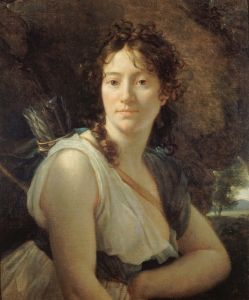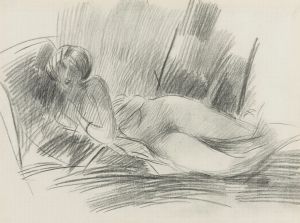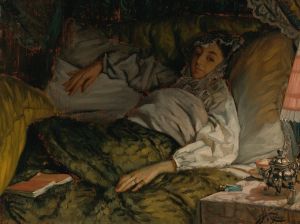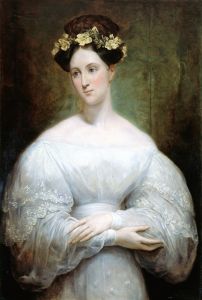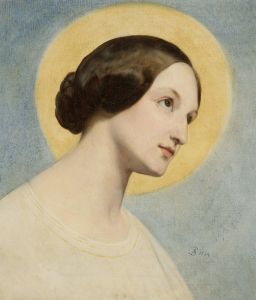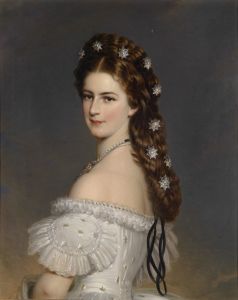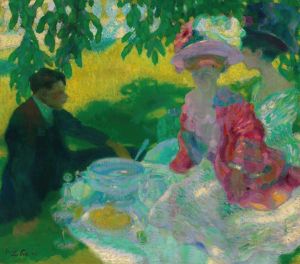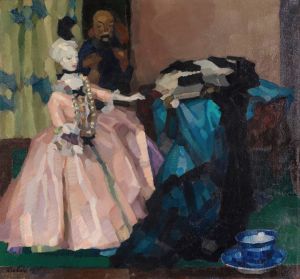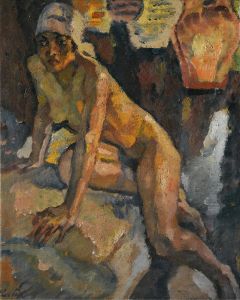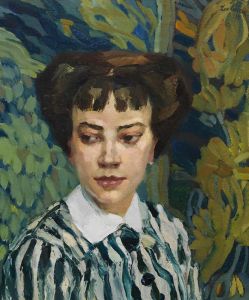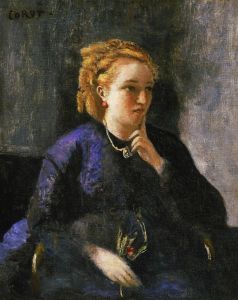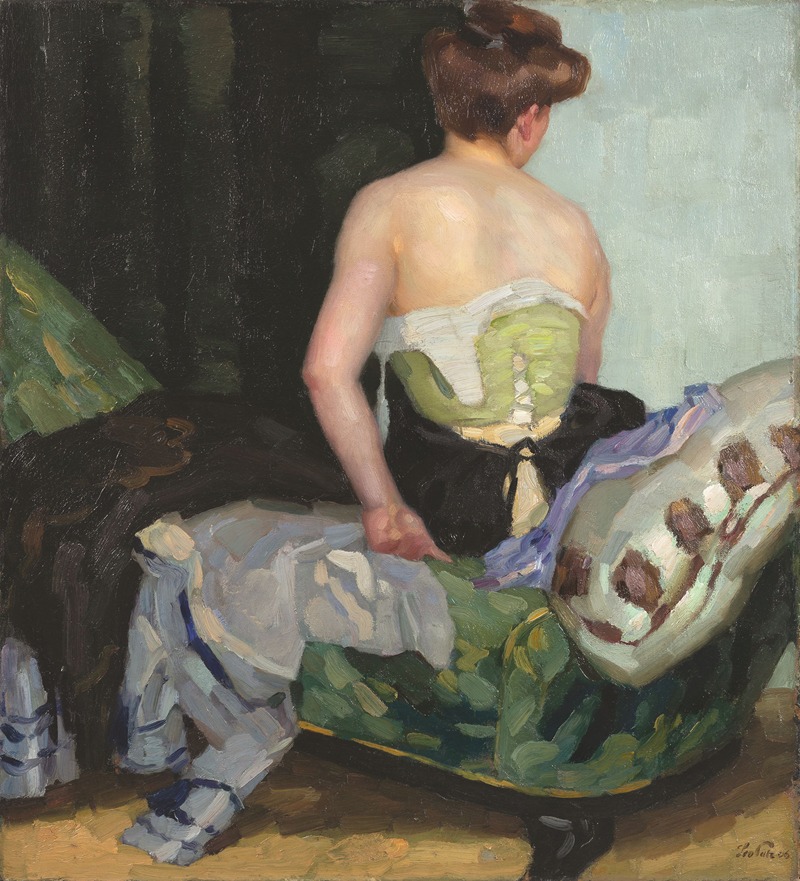
Rückenakt
A hand-painted replica of Leo Putz’s masterpiece Rückenakt, meticulously crafted by professional artists to capture the true essence of the original. Each piece is created with museum-quality canvas and rare mineral pigments, carefully painted by experienced artists with delicate brushstrokes and rich, layered colors to perfectly recreate the texture of the original artwork. Unlike machine-printed reproductions, this hand-painted version brings the painting to life, infused with the artist’s emotions and skill in every stroke. Whether for personal collection or home decoration, it instantly elevates the artistic atmosphere of any space.
Leo Putz (1869–1940) was a German painter associated with Impressionism and Jugendstil (Art Nouveau). He is known for his vibrant use of color and light, as well as his depictions of the human figure, particularly women. One of his notable works is Rückenakt, which translates to "Nude from the Back" in English.
Rückenakt is a painting that exemplifies Putz's mastery of form and his sensitivity to light and shadow. The artwork features a female nude seen from behind, a subject that was common in Putz's oeuvre. The composition highlights the natural curves and contours of the human body, rendered with a soft, almost luminous quality. Putz's brushwork in this piece is fluid and expressive, capturing the interplay of light on the skin and creating a sense of warmth and intimacy.
The painting reflects the influence of Impressionism, particularly in its focus on naturalism and the effects of light. At the same time, it aligns with the Jugendstil movement's emphasis on elegance and aesthetic beauty. Putz often worked en plein air, and while it is unclear whether Rückenakt was painted outdoors or in a studio, the work conveys a sense of immediacy and connection to nature.
Leo Putz was a member of the Munich Secession, an art movement that sought to break away from academic traditions and embrace modernist approaches. His works, including Rückenakt, were celebrated for their innovative style and their ability to capture the essence of their subjects. During his career, Putz exhibited widely in Europe and gained recognition as one of the leading artists of his time.
The exact date of creation for Rückenakt is not definitively documented, but it is consistent with Putz's mature period, during which he focused extensively on the female form. The painting is representative of his broader artistic interests and his ability to blend technical skill with emotional resonance.
Today, Rückenakt is appreciated as an example of early 20th-century European art, showcasing Putz's contribution to the development of modern figurative painting. The work is held in private collections or museums, though specific details about its current location are not readily available.





